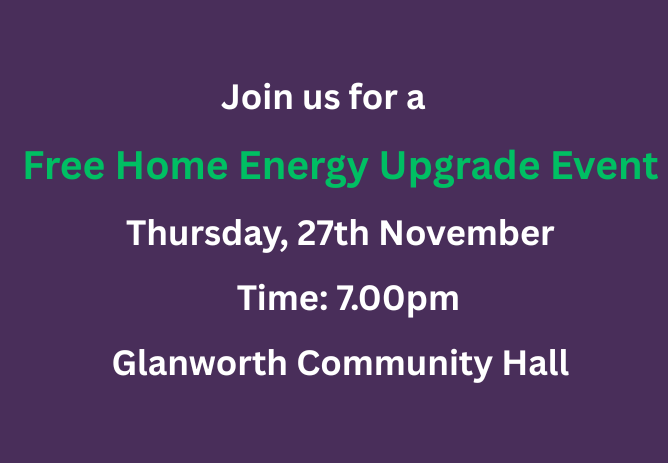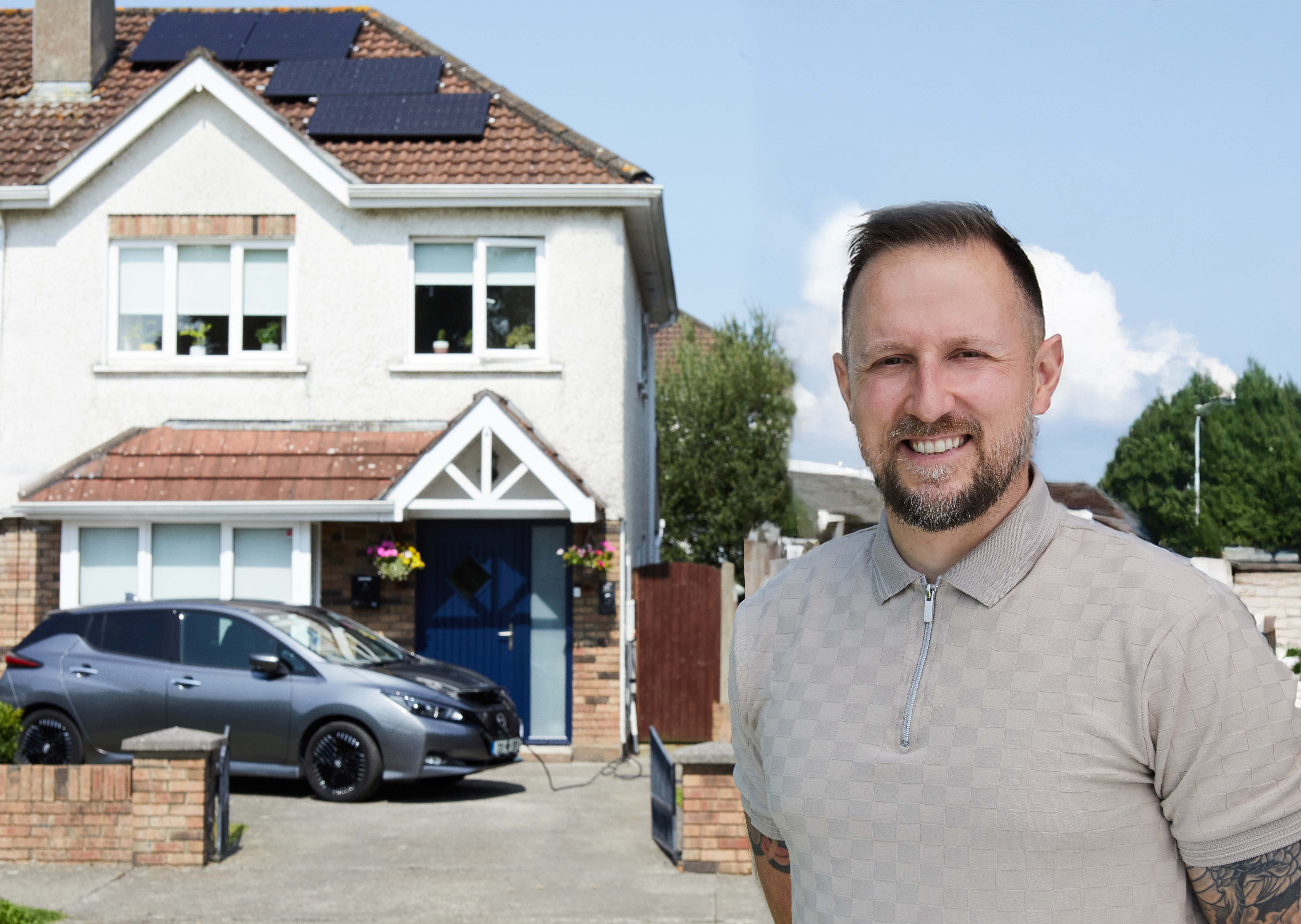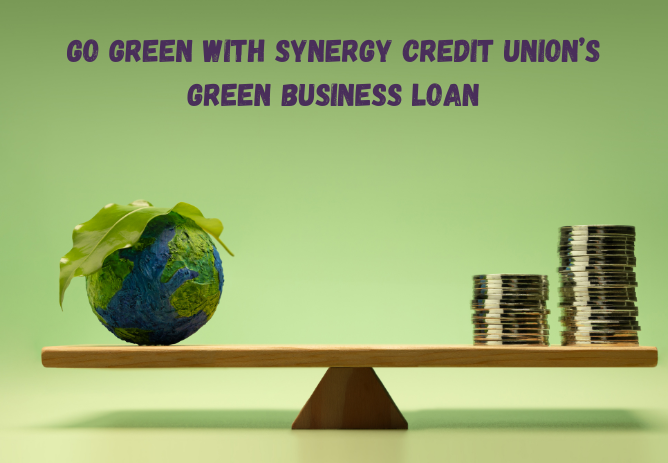26 September 2023
A wall insulation guide and the impacts on your heating costs.
The evenings are getting noticeably shorter now and there are signs that heating fuel prices are on the rise again, so anything we can do to reduce the amount we spend on heating our home is good for our pockets and is also extremely good for the environment.
When it comes to heating our homes, we can often be concerned about a draught under the door or perhaps heat escaping up the chimney. And while these are certainly ways in which Irish homes can lose heat, a bigger issue might be all around you.
If your exterior walls are not properly insulated, your home could be losing 20-30% of its heat.
Isn’t time to consider looking at improving your insulation if you feel that your house could be losing up to 30% of its heat – think of the savings for you and the planet.
What is wall insulation?
So, what exactly are we talking about when we talk about insulating the walls?
Depending on the structure of your house, or the location of the walls, there may be different options to consider.
The main forms of wall insulation are:
- Internal wall insulation
- Cavity wall insulation
- External wall insulation (often called wrapping)
Internal Wall Insulation
Internal insulation, often called dry lining, involves attaching extra insulation to the inside of a wall. The insulation board itself contains insulation, a vapour barrier and plasterboard. This option can be used on solid, cavity or timber frame walls.
There are several advantages to insulating your interior walls. It can reduce the rate of heat transferring from room to room as well as heat escaping your home via external walls. This can help to reduce heating bills by improving your home’s energy efficiency. Reducing your energy bills will also have reduce your home’s greenhouse gas emissions and make your home a little more climate friendly.
Some homeowners choose to insulate their interior walls to create a form of sound barrier between different rooms. Interior insulation can reduce noise transfer, something which might be particular important to light sleepers.
Internal insulation is often an affordable option. However, it should be noted that you will lose internal room space and it may cause some disruption as it will require the removal of skirting boards, presses, cabinets, built in appliances and anything else which may be fixed to a wall.
Cavity Wall Insulation
Before considering cavity wall insulation, it’s important to ensure you have, wait for it…cavity walls. A cavity wall consists of two rows of brick or concrete block with a cavity or space between them. Solid block or hollow block walls are not suitable for cavity wall insulation as they have no cavity to pump
It’s not always apparent if a house has cavity walls. There are a number of recommendations you can follow to find out if your house has cavity walls.
- The age of your home might give you a good steer. If your home is built after the 1980s, it’s likely that you have insulated cavities.
- If you can see some exposed brickwork, and all of the bricks are laid lengthwise in a regular pattern, it’s likely that the home has cavity walls.
- If the brickwork has been covered, it may be possible to tell by measuring the width of the wall. It has been suggested that if a brick wall is more than 260mm thick then it probably has a cavity. However, you should definitely get some expert guidance on this before making any assumptions.
- If all else fails, it may be necessary to ask a registered installer to drill a small hole in the wall and let you know whether the wall is empty or insulated. Not to bore you, but this might be done with a borescope.
You should only consider cavity wall insulation if your home has unfilled cavity walls made of brick. the cavities are of sufficient size and the external walls are in good condition, accessible and dry
External wall insulation
External insultation has been described ‘like wrapping your house in a blanket’ and it’s not difficult to understand why. Essentially, you wrap the building’s outer surfaces in one continuous layer of insulation. The insulation is then covered with a special render to make it resistant to the weather. Generally, a mesh is also embedded to provide strength and resistance to impact.
Although it can involve significant cost, external wall insulation can significantly enhance the energy rating of a home It will generally form part of a deep retrofit work
There are some other considerations before you decide that external wall insulation is the best option for you home. You will lose the original external finish, which might be particularly problematic if it is a brick finish. Installing external insulation will also mean that windows will be recessed quite deeply into the wall. This will impact the visual appearance of the home. It the house is semi-detached or terraced, there will be a noticeable step at the boundary wall.
If you are planning to carry out insulation work in your home, bear in mind that you may need extra ventilation installed to offset the increase in warm air.
Grants for Wall Insulation
The Sustainable Energy Authority of Ireland (SEAI) offer a range of grants for wall insulation.
Homeowners, including landlords, whose homes were built prior to 2011 can apply.
A grant of €700 is available for cavity wall insulation in an apartment, with an €800 grant available for mid terrace houses. Owners of semi detached houses can avail of a cavity wall grant of up to €1,200, with €1,700 available for detached homes.
Grants for internal dry lining range from €1,500 to €4,500 depending on the house type, with grants for external wall insulation (wrap) starting at €3,000 for an apartment and up to €8,000 for a detached house.
If you need additional information on wall insulation, you can download the SEAI’s guide to Wall Insulation by clicking here.
Funding From Synergy Credit Union to complete the works.
Synergy Credit Union offers members the option of availing of their low interest loan that is specifically designed for those undertaking any green measures to their home.
You can find full details and Apply Online for our Green Loan HERE or alternatively contact our loans teams directly on Freephone 1800 272927 or by email on loans@synergycu.ie and they will talk you through your funding options.








